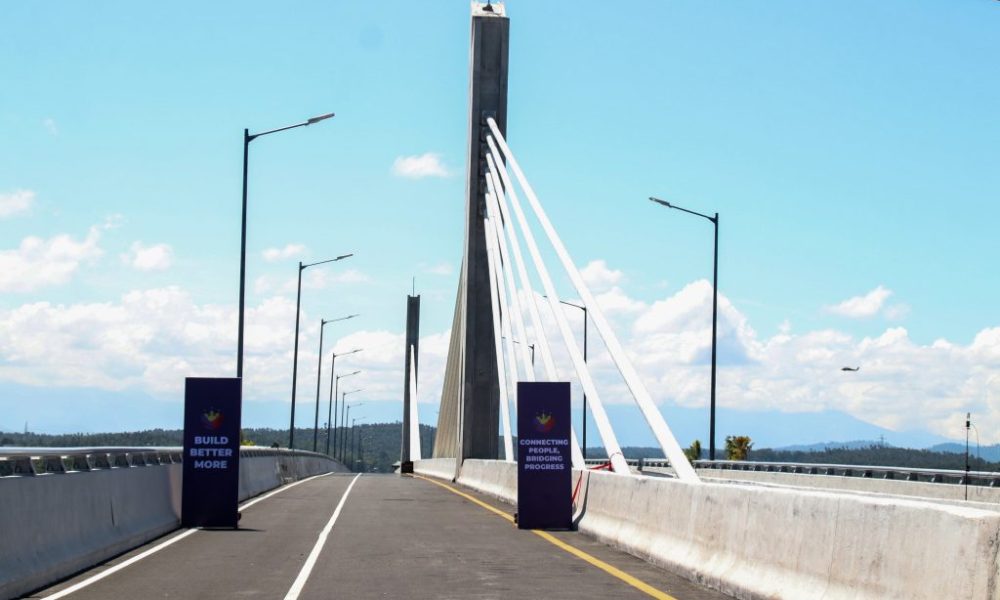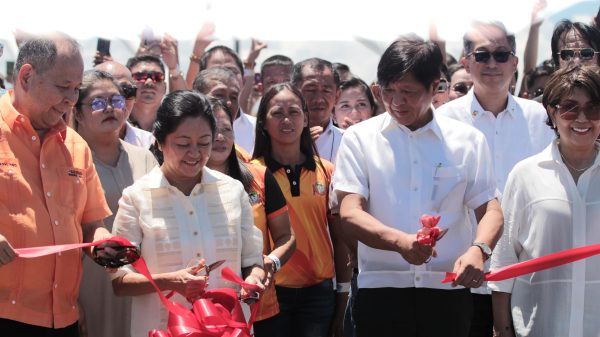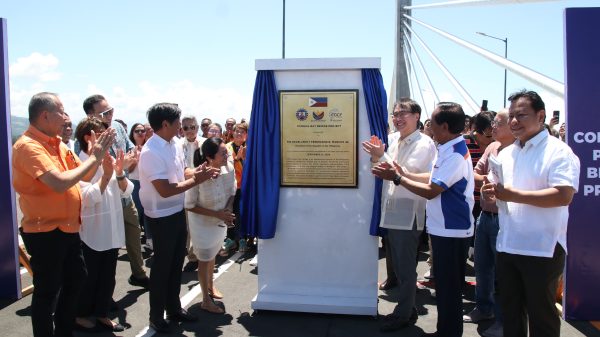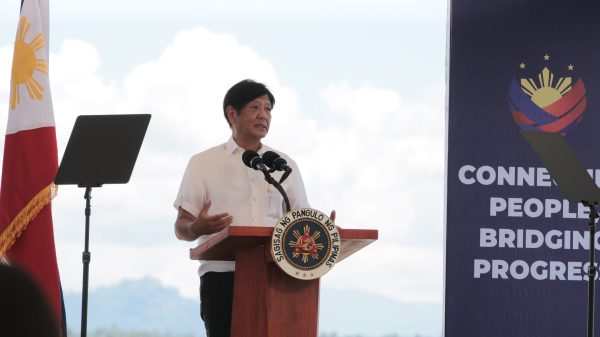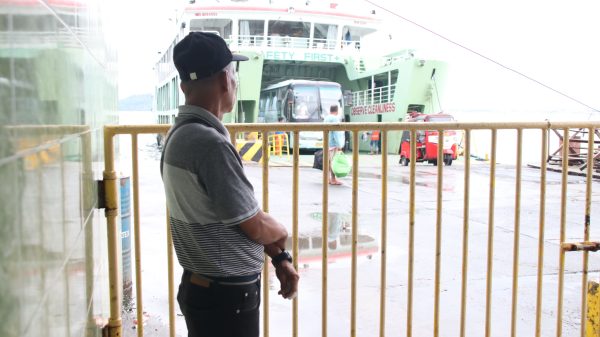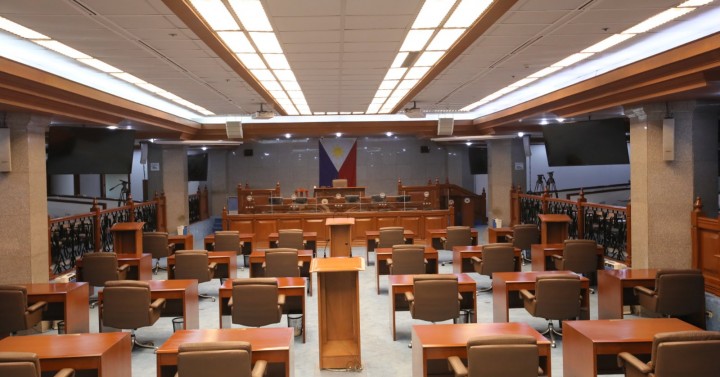People from various walks of life have shown appreciation for the government’s inauguration of the Panguil Bay Bridge, which connects Tubod in Lanao del Norte and Tangub City in Misamis Occidental.
Stretching 3.17 kilometers, this sea-crossing bridge is now the longest in Mindanao, cutting travel time between Tubod and Tangub from more than two hours to just seven minutes.
The Panguil Bay Bridge is a beacon of progress, creating not just physical links but also new avenues for business, tourism, and personal development throughout Northern Mindanao and the Zamboanga Peninsula.
During the inauguration, President Ferdinand Marcos, Jr. highlighted the importance of the bridge, stating, “The bridge connects two provinces. More importantly, we all know that the increased economic activity is going to be a very important development building block for both the provinces and the entire island of Mindanao. But more than just a physical bridge, we are connecting the dreams and aspirations of the people of Lanao del Norte and of Misamis Occidental.”
He further emphasized that the Panguil Bay Bridge symbolizes not only infrastructure progress but also the potential to foster growth, opportunities, and community ties.
Accessible to all vehicle types
In an interview, Department of Public Works and Highways (DPWH) Secretary Manuel M. Bonoan explained that the bridge is designed for all kinds of vehicles, though the government is considering weight restrictions and a speed limit of 60 kilometers per hour to ensure its durability and stability.
“This is actually designed for all types of vehicles, so it will be open for all types of vehicles. We need to avoid exceeding load limits to prevent compromising the structural stability of the bridge,” Bonoan said.
The government is also deliberating on whether to impose toll fees to help maintain the bridge, but no decision has been finalized.
Driving progress forward
Lanao del Norte Governor Imelda “Angging” Quibranza-Dimaporo expressed her gratitude for the completion of the long-awaited project, which she said was a dream initiated by her late father and other leaders. She noted that the bridge would improve connectivity and spur economic growth, agriculture, education, tourism, healthcare, and investment.
“This project is a shining example of how the Bagong Pilipinas campaign can transform lives and communities. For me, the Bagong Pilipinas campaign is not just about infrastructure projects; it is about creating a principled, accountable, and dependable government that works for the people,” she added.
Dimaporo also pledged her commitment to ensuring that the project’s benefits extend to all areas of Lanao del Norte.
Meanwhile, Misamis Occidental Governor Henry Oaminal Sr. pointed out that the bridge marks a significant structural milestone and paves the way for new opportunities and progress across Mindanao. He emphasized the economic advantages of the bridge and called for a unified council to manage its operations and maintenance effectively, ensuring collaboration among stakeholders.
“In this manner, we can be assured of collaborative management efforts among stakeholders directly involved in ensuring protection and maintenance of the bridge instead of having it managed separately by the two LGUs exercising their powers and authority over their respective jurisdiction,” he said.
Boosting connectivity and tourism
The Panguil Bay Bridge is more than a physical link between provinces—it represents growth and opportunity for residents. Farmers, fishermen, vendors, drivers, humanitarian workers, and students stand to benefit from reduced travel time and improved access to resources, markets, and services.
For Francisco Bihod of the Lanao Norte Aquaculture Producers Association, the bridge will transform their business operations. In the past, they would spend 3-4 hours waiting at Mukas Port before boarding a barge to Ozamiz, which delayed the transport of products like bangus and tilapia, driving up costs and reducing freshness.
“Grabe ang epekto, grabe ang advantage sa atong tulay diri… i-deliver sa Ozamis, itravel para sa airport padulong Manila,” Bihod shared.
Similarly, Felipe Peremacio, a farmer and senior citizen from Tubod, looks forward to the enhanced travel opportunities the bridge will offer. He often travels to Cotta Fort in Ozamiz City for leisure, and the bridge will make his trips much easier and more frequent.
Humanitarian worker Antonette Barlisan, who has spent 20 years with Relief International, also sees the bridge as a significant improvement. Currently, her commute between Lanao del Norte and Ozamiz City involves long waits and travel via RoRo, which can take up to one and a half hours in bad weather. The new bridge will eliminate these hassles.
“Naka-experience na ko many times, labi na ingon ani, ulan-ulan… Dako kaayo ang kawalan sa hassle kung naa na ang bridge didto sa Tubod,” Barlisan said.
The bridge will also shorten travel time for Lanao del Norte residents heading to Ozamiz Airport, like Junael Alilang, a 21-year-old midwifery graduate. He noted that the bridge will not only ease transport for goods but also improve access to local tourist destinations, such as Pikalawag Beach.
The DPWH-Unified Project Management Office-Roads Management Cluster II implemented the P8.026 billion project, which was funded through a 2016 loan agreement between the Philippine government and the Korea Export-Import Bank-Economic Development Cooperation Fund.
Initiated with a pre-feasibility study in 1998, the project was approved by the National Economic and Development Authority in 2015, followed by procurement in 2018 and contract signing in 2019. Although construction began in February 2020 under the previous administration, the project faced delays due to the pandemic and budget issues. However, the current administration’s Build Better More program pushed the project forward with minimal interruptions.



 Business8 months ago
Business8 months ago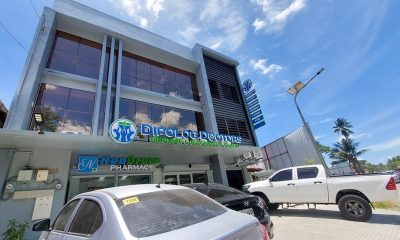
 Dipolog12 months ago
Dipolog12 months ago
 Dipolog1 year ago
Dipolog1 year ago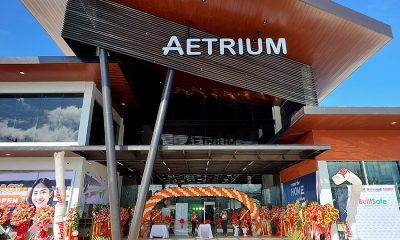
 Business1 year ago
Business1 year ago
 Dipolog1 year ago
Dipolog1 year ago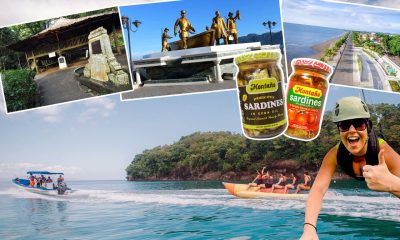
 Dipolog1 year ago
Dipolog1 year ago
 Business8 months ago
Business8 months ago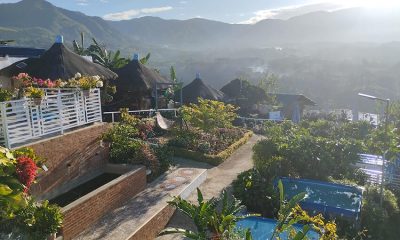
 Dipolog1 year ago
Dipolog1 year ago

